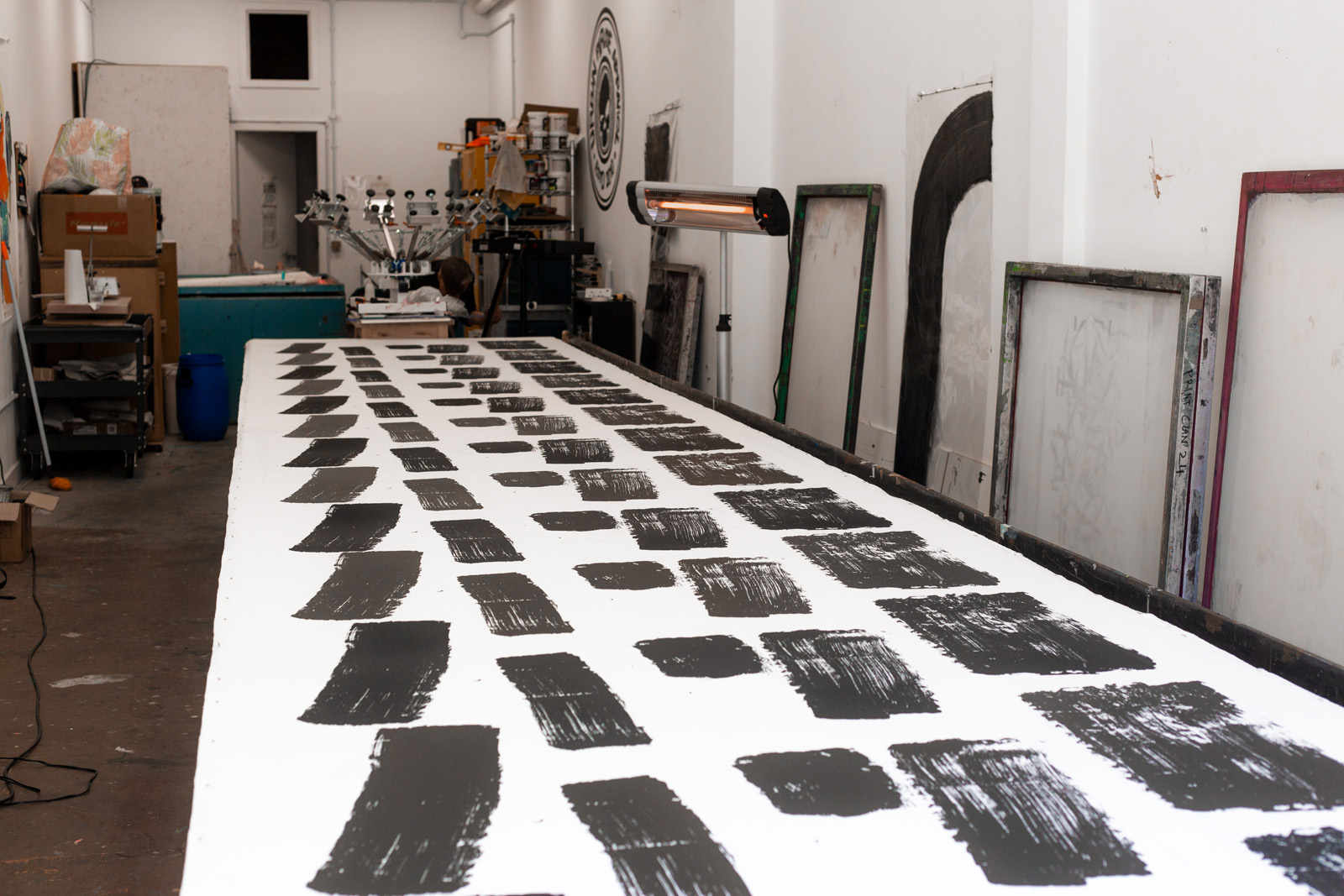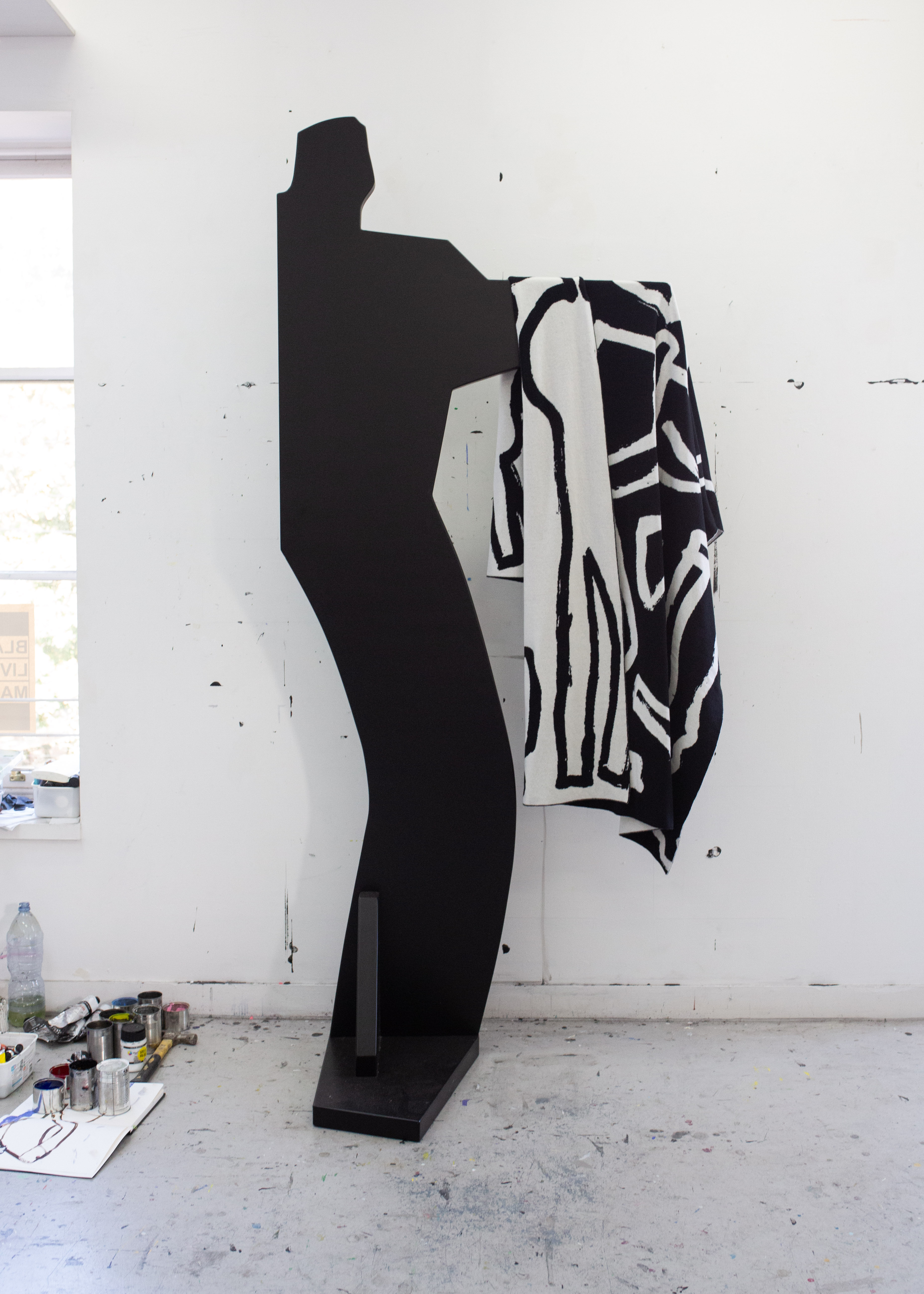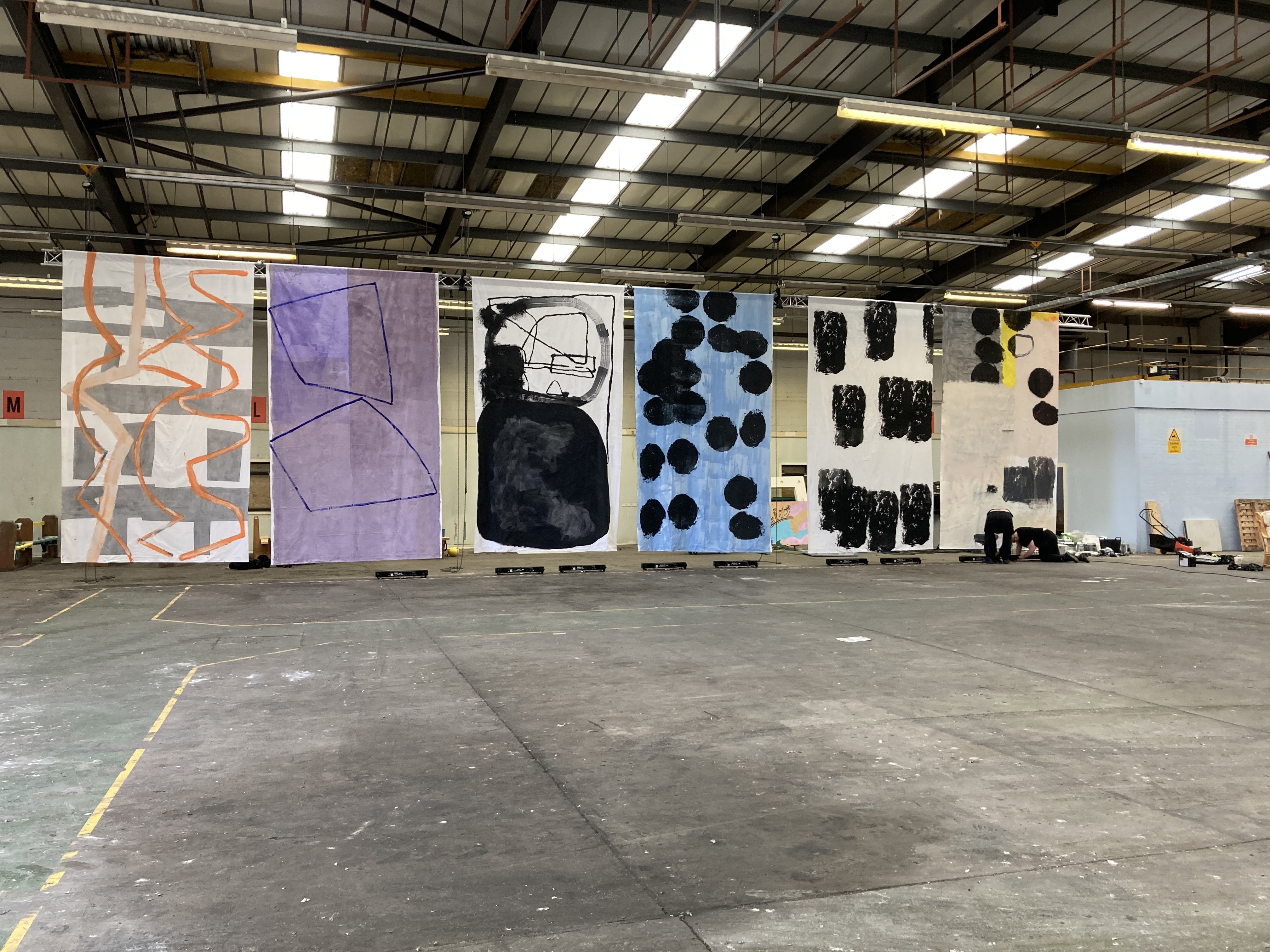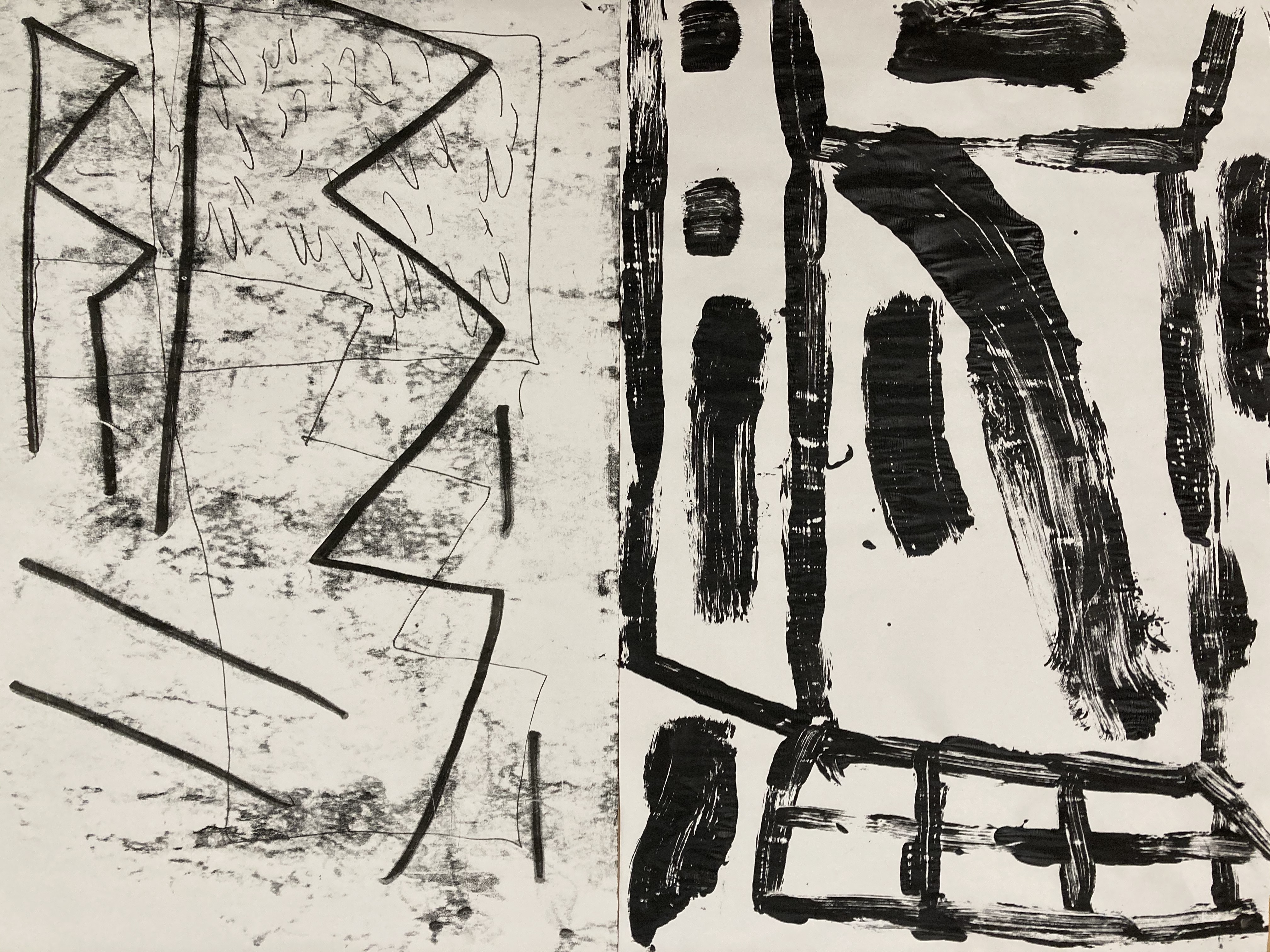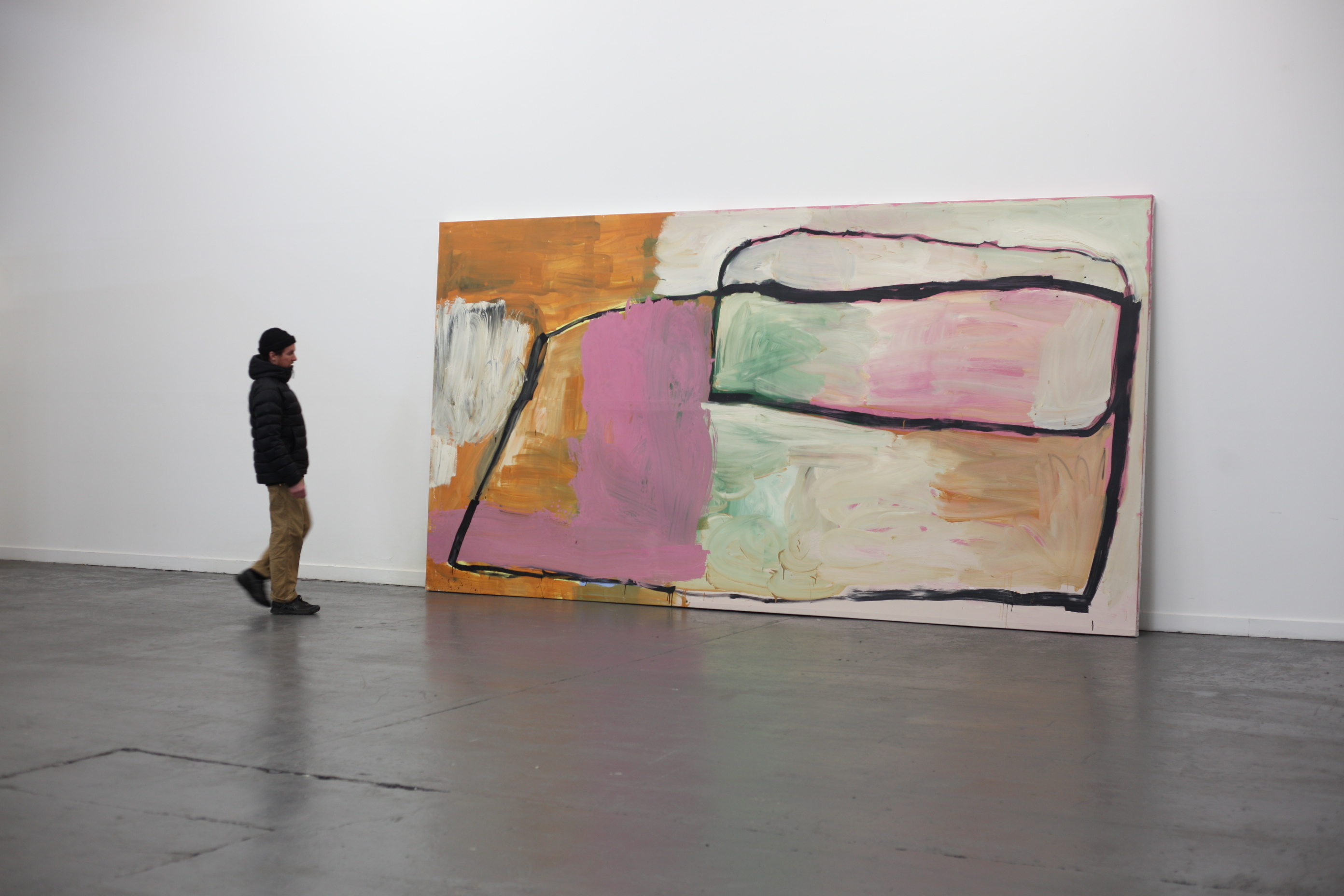Intro
Fraser Taylor is an interdisciplinary visual artist whose studio practice is rooted in drawing. Images occupy a space between figuration and abstraction and two and three dimensions.
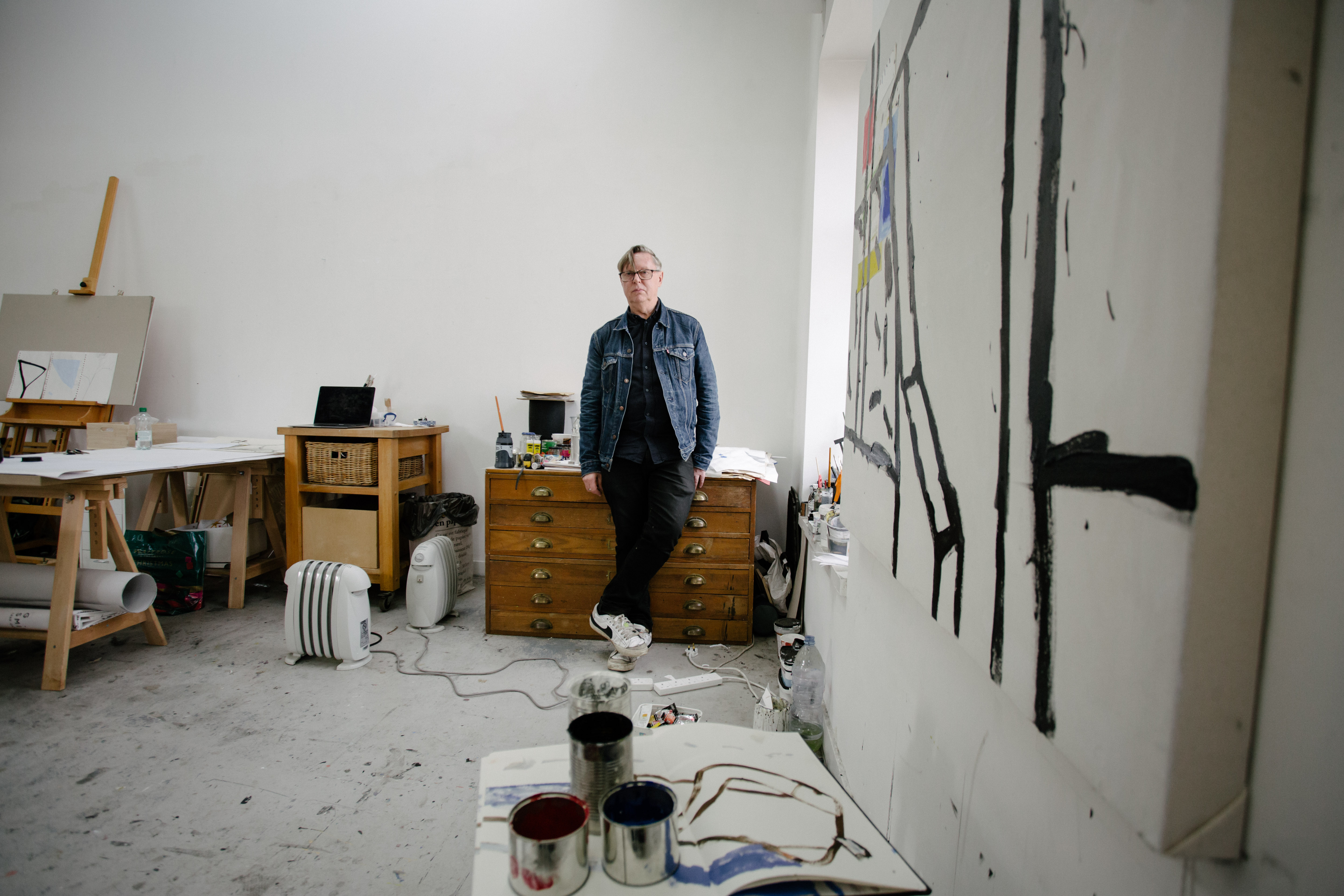
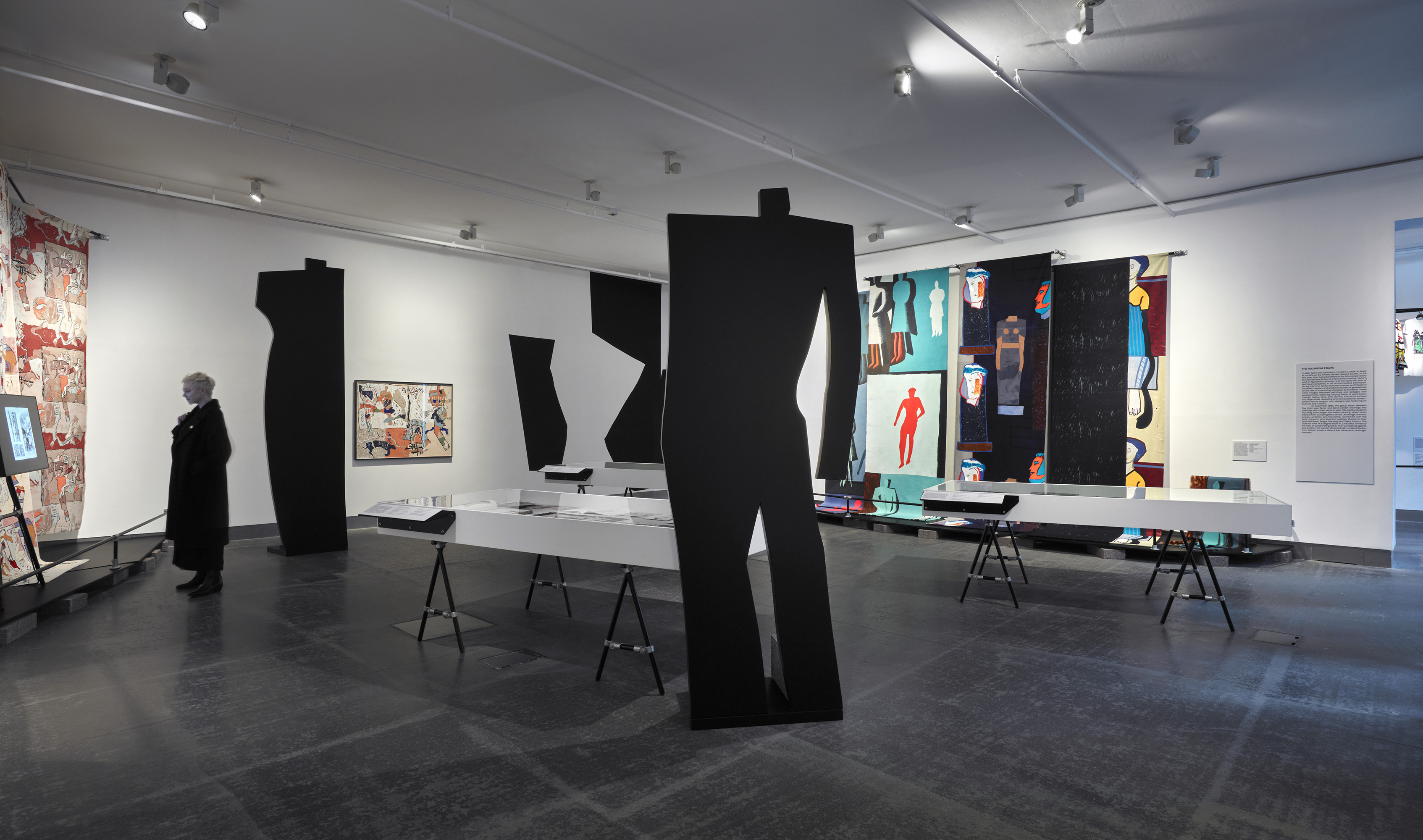
This exhibition shines a light on the archive of interdisciplinary artist Fraser Taylor, acquired by The Glasgow School of Art Archives and Collections in 2014.
The Textiles and Papers of Fraser Taylor 1977 – 87 Revisited
Instant Whip
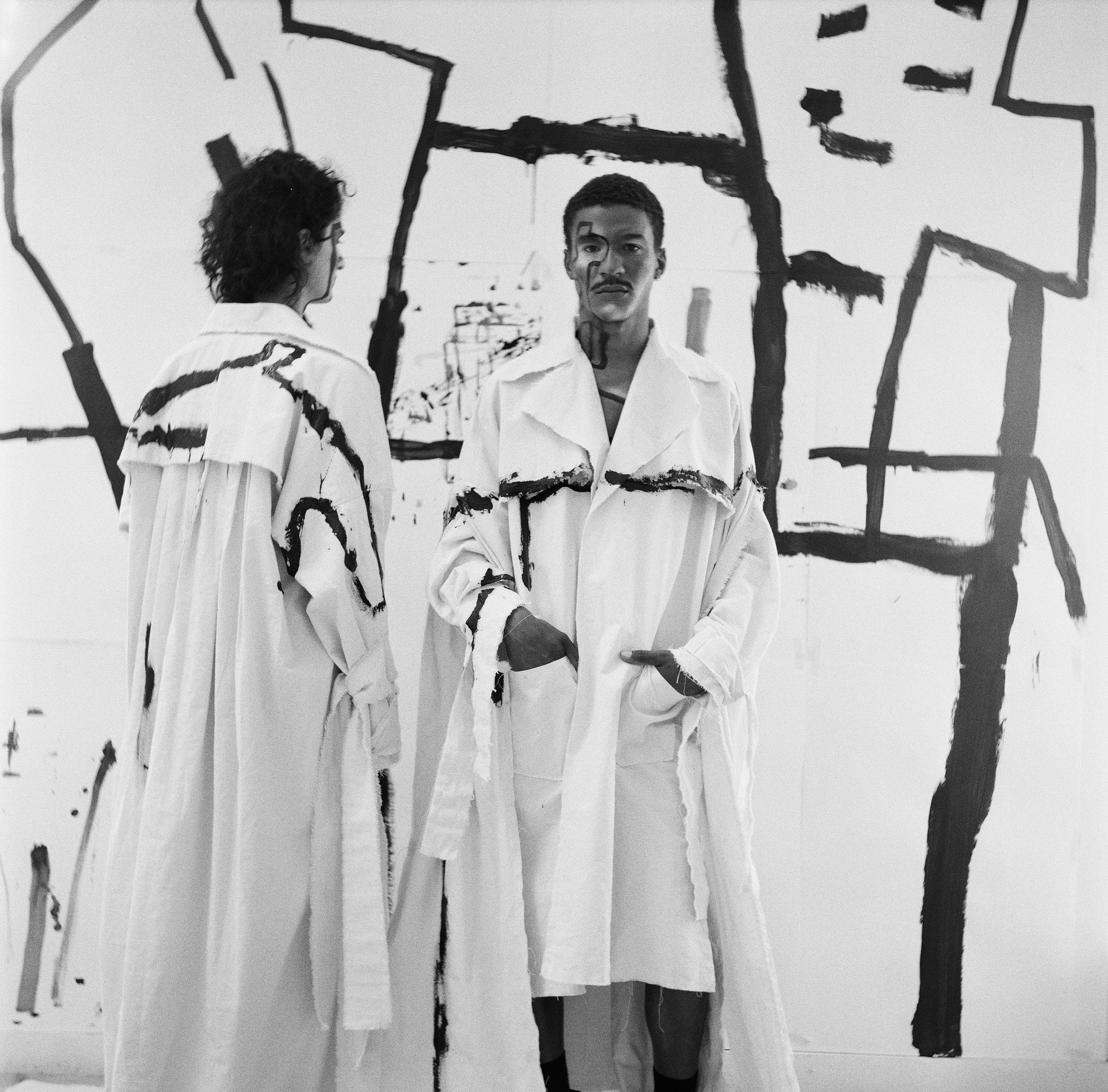
A new body of work which returns to a system of making that was prominent in Frasers practice from 1977 to 1987. The focus is printing on cloth and assembling garments and products.
Haxton
HAXTON by Fraser Taylor
Featured
About Fraser
Fraser Taylor studied Printed Textiles at Glasgow School of Art and the Royal College of Art. He co-founded The Cloth, a creative studio focused on contemporary textile design and production.
As an educator he has lectured at leading fine art and design institutions, and from 2001 until 2017 was a Visiting Artist and Adjunct Full Professor in the Department of Fiber and Material Studies at the School of the Art Institute of Chicago.
In 2017 he was awarded an Honorary Professorship from Glasgow School of Art, University of Glasgow. In 2019 Taylor was appointed Guest Curator at the Beacon Arts Centre in Greenock, Scotland.
Images occupy a space between figuration and abstraction and two and three dimensions. Ideas are motivated by material investigations and conceptually explore issues of the body, land, and spatial representations of personal history, loss and recovery.
The work collectively demonstrates a fragile yet optimistic engagement with uncertainty. Strategies manifest into a range of singular or collaborative projects including large-scale sculptural installations, set design, print media, film painting, textiles and fashion.
Drawing
Drawing is the core of Taylor’s practice around which all projects rotate. Drawings are made from observation and memory.

Reverse Transcriptase, 2006, Hyde Park Art Centre, In The Loop Gallery, Chicago, Illinois, US
Painting
Paintings are made in series and embrace the raw physicality of gesture and process.
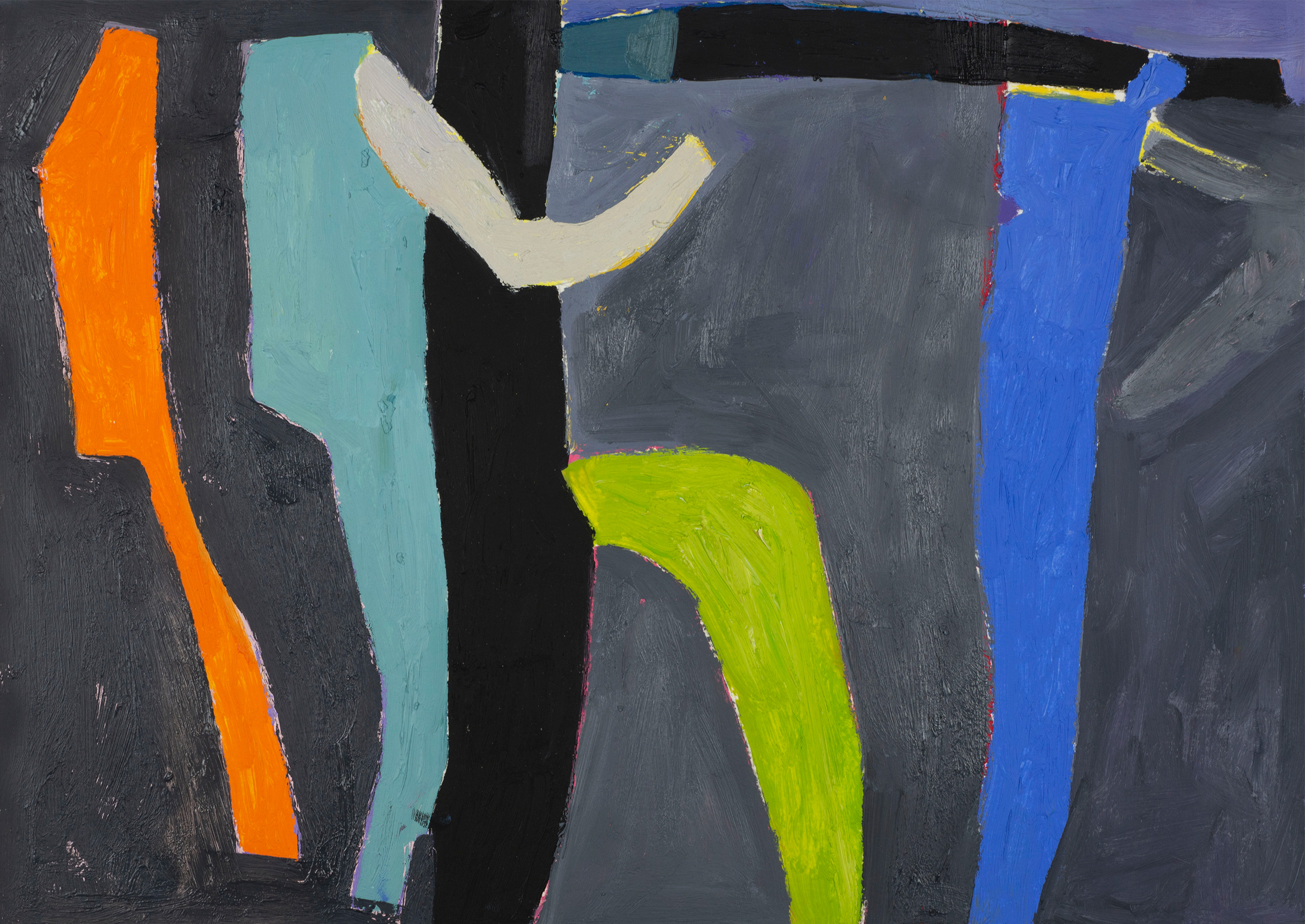
Textiles
Printing on cloth has been a process which has moved in and out of Taylors practice for over forty years. Transferring a drawn image directly onto fabric by screen allows the exploration of both single and repeated image. This method is direct and permits dramatic shifts in scale. Taylors commitment to cloth has resulted in collaborations with textile mills producing both jacquard woven and knitted cloths.
